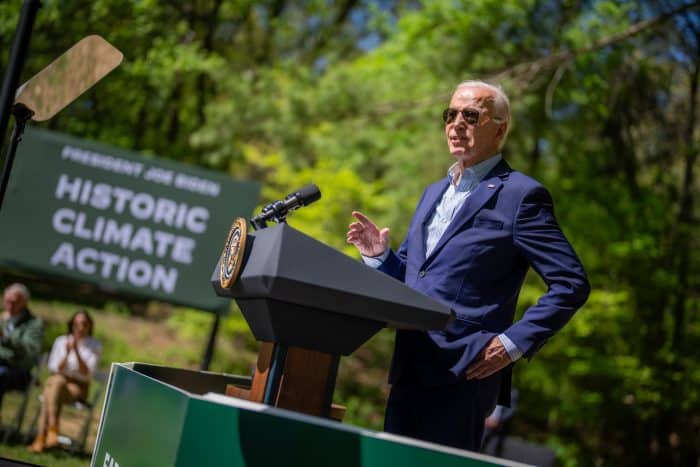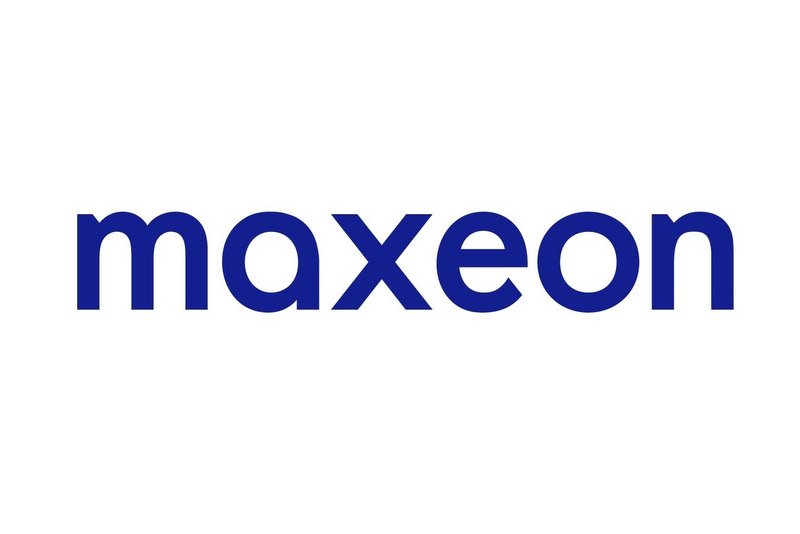Biden administration to accelerate solar project development on federal lands

U.S. President Joe Biden’s administration has finalized two rules to help build more solar projects on federal lands.
First, the U.S. Bureau of Land Management is announcing a roadmap to support expanded solar energy production by making renewable energy siting and permitting on public lands more efficient. This action will help expedite reviews of solar projects by steering them to areas with high solar potential and low wildlife and land conflicts, and ease burdens on solar developers. The BLM will make more than 31 million acres of public lands across 11 western states available for solar development.
Second, the U.S. Environmental Protection Agency is announcing the conditional approval of a new rule that will allow for new offsets to create clean air credits in Maricopa County, Arizona. Companies with vehicle fleets can now generate credits by replacing or retrofitting diesel-burning vehicles with electric vehicles. Manufacturers or other new emitters can then purchase those credits to balance out their future emissions. This will allow the county, which is now a center of semiconductor manufacturing in the United States, to continue to build semiconductor fabs.
The announcements are part of the Biden-Harris administration’s Investing in America Agenda, which is aimed at accelerating project reviews while protecting communities and the environment.
To date, the Biden-Harris administration has deployed more than $560 billion in federal investments for more than 68,000 projects across the nation, and the President has taken action to accelerate these projects by devoting resources to permitting and environmental reviews.
The administration’s actions to reform federal permitting have already delivered real results. New data from the White House Council on Environmental Quality (CEQ) and federal agencies demonstrates that the Biden-Harris Administration is delivering more projects, more quickly while being responsible stewards of the environment and protecting communities.
The Biden-Harris administration has cut 6 months off the median time it takes for agencies to complete environmental impact statements, the most comprehensive form of environmental review, representing 16% in time savings compared to the previous Administration and we are continuing to make more improvements.
Data indicates that there are similar results across a number of key sectors:
- Clean Energy & Transmission: The Department of Energy has cut environmental review timelines by half for environmental impact statements compared to the prior administration. In addition, DOE has completed 15% more environmental reviews compared to the previous administration. In addition, the DOE has started implementing the Coordinated Interagency Authorization and Permits (CITAP) program which is expected to cut review times in half for transmission projects.
- Transportation: The Department of Transportation has cut the average time it takes to complete an environmental assessment by more than one-third. DOT has also completed 20% more reviews compared to the prior administration for projects requiring environmental assessments or environmental impact statements.
- Onshore renewable energy: Under the Biden-Harris administration, the Department of the Interior has permitted more than twice as many clean energy projects on public lands than it did under the prior administration. Together, these projects are expected to help power more than 12 million homes across the country.
Additionally, for projects with minimal environmental impacts, the Biden-Harris administration has expanded use of the fastest form of environmental review – categorical exclusions. Since the start of the administration, more than 15 federal agencies have developed, expanded, or adopted 125 categorical exclusions for projects with insignificant environmental impact in key sectors such as EV charging, broadband, semiconductor manufacturing, clean energy, and transmission. This includes new categorical exclusions adopted using new permitting efficiencies passed by Congress in the Fiscal Responsibility Act.
New executive actions to accelerate permitting
The Biden-Harris administration has taken a number of steps in recent weeks to improve federal permitting processes to help advance projects critical to the President Biden’s Investing in America Agenda.
Streamlining Historic Preservation Reviews: Earlier this month, the Advisory Council on Historic Preservation (ACHP) proposed a Program Comment to accelerate historic preservation reviews for millions of clean energy, transportation, housing, and building projects over the next two decades. This action builds on steps that ACHP announced earlier this year to accelerate historic preservation reviews for broadband projects.
Accelerating Transmission Projects: The Biden-Harris administration has started to implement the new Coordinated Interagency Transmission Authorizations and Permits (CITAP) program which will help accelerate permitting for transmission projects to bring reviews down to a two-year timeline – twice as fast as the historical average of four years. A recent study of 33 projects found that had CITAP been in place from 2010 through 2020, it could have saved the equivalent of approximately 66 years in federal permitting time. The Department of Energy (DOE) recently opened the portal for transmission developers and project sponsors to apply for the CITAP program. In addition, the Department of Energy recently announced $371 million for 20 projects across 16 states to accelerate the siting and permitting of high-voltage interstate transmission projects and support community infrastructure projects.
Modernizing NEPA Technology: Last month CEQ released new recommendations for using technology to modernize environmental reviews. In a new report to Congress CEQ evaluates permitting processes, include an analysis of 16 different agency technology tools and initiatives being advanced to improve the environmental review and permitting process.





Comments are closed here.